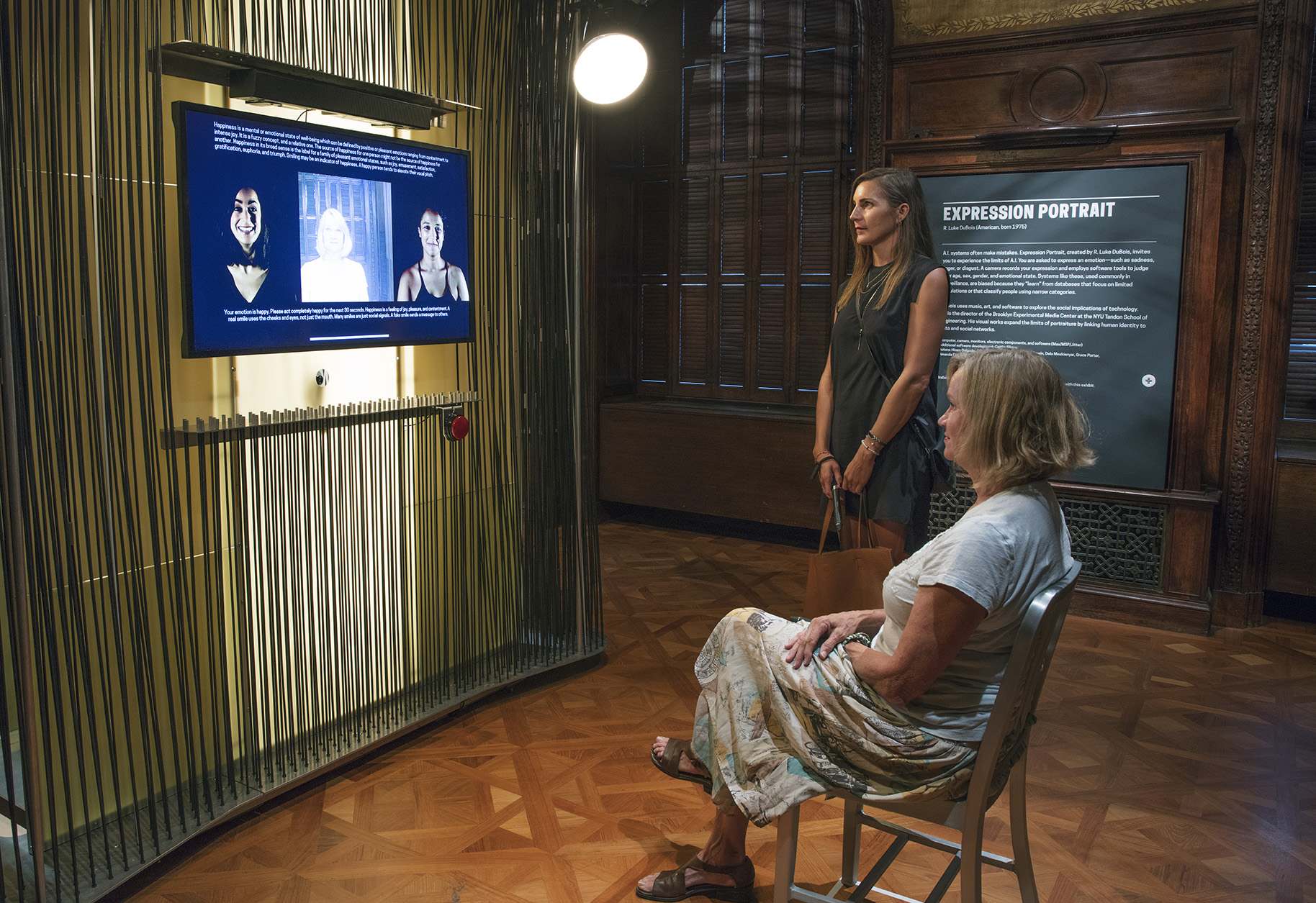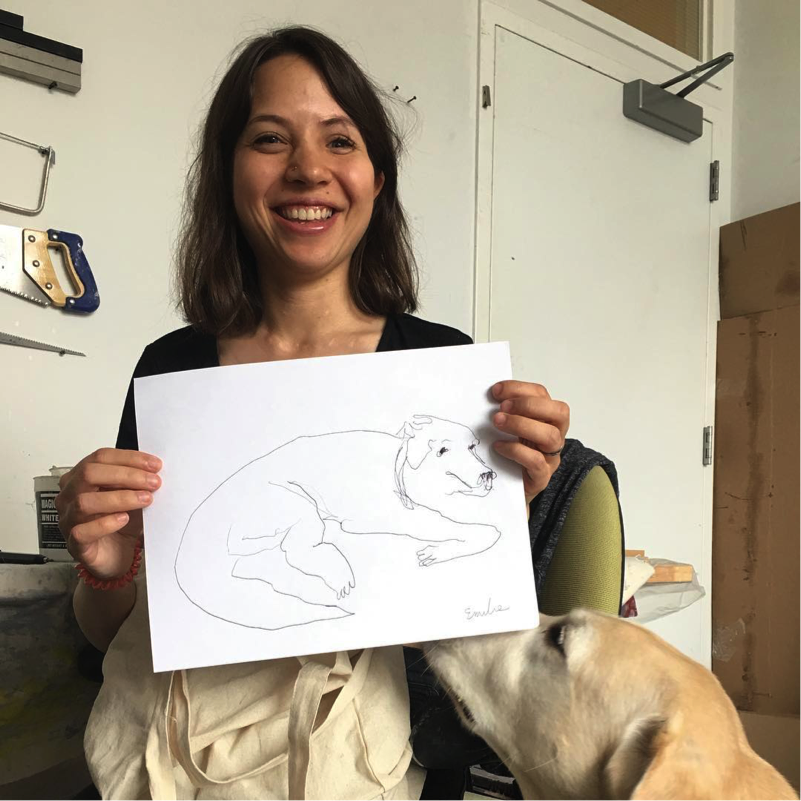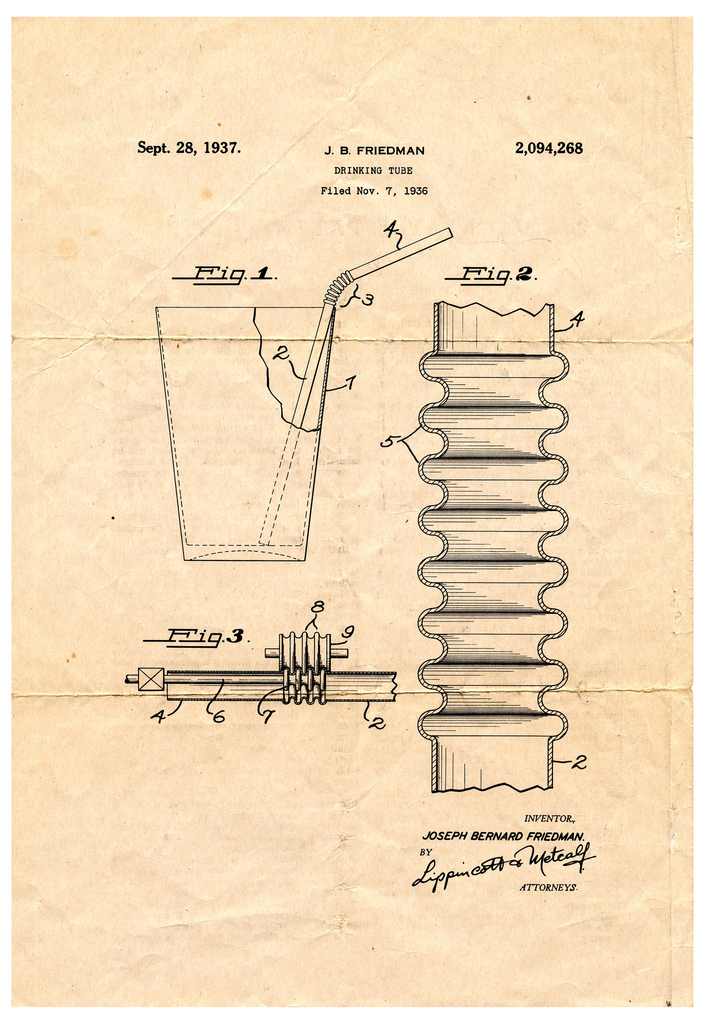Artist R. Luke DuBois discusses artificial intelligence and his installation Expression Portrait in the exhibition Face Values at Cooper Hewitt.
Leading figures in design, transportation, and technology share their perspectives on the future of mobility.
Autonomous vehicles, electric cars, and ride-sharing applications are disruptive innovations that hold unknown outcomes for society.
Written by Jeffrey Mansfield Set in picturesque Casco Bay in southeastern Maine, Mackworth Island is a peculiar knob of land. It is a place I have known since I was a child: to the Deaf community it is known for The Governor Baxter School for the Deaf, to the locals for its hiking trails and...
Written by Walei Subray Born in Egypt and raised in New York City, I’m a classic New Yorker. The only difference about me is that I drag a 58-inch black cane across the streets and sidewalks. That’s because I was born with a progressive eye condition called retinitis pigmentosa. As a child, I could see...
Written by Steven Landau As a company of designers and producers of tactile maps and models, Touch Graphics, Inc. usually focuses on products that communicate spatial information through the sense of touch for use by visually impaired students and museum visitors. Occasionally, the company develops tools to support blind artists and scientists. One of our...
Written by Claire Kearney-Volpe In 2016, Mayor Bill de Blasio and the New York City Mayor’s Office for People with Disabilities presented the Ability Project with the ADA Sapolin Award for their “fearless and innovative approach to developing tools that will improve the lives of people with disabilities.” The Ability Project builds relationships and designs...
A pioneer of inclusive design, August de los Reyes looks at the innovations inspired by loved ones.
Ryan Maloney, Directory of Education and Programming at the National Jazz Museum in Harlem, connects the themes found in The Jazz Age: American Style in the 1920s with the musical culture in Harlem at the time.








